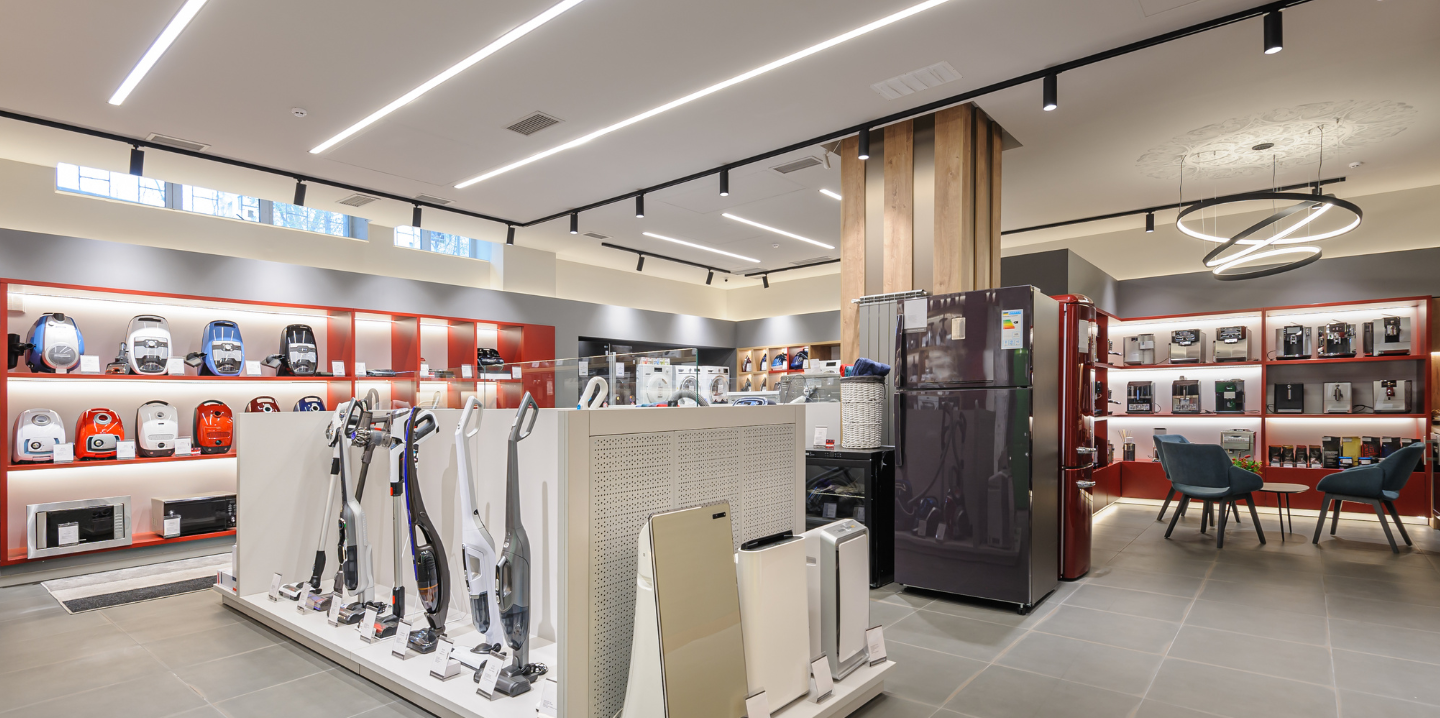Given the now-global nature of sustainability, many countries have adopted specific regulations restricting the use of hazardous substances in electrical and electronic products. In Europe, the RoHS Directive (Restriction of Hazardous Substances) was a pioneer, setting the standard for similar regulations in other nations. However, each country has implemented specific approaches, tailoring its regulations to local needs.
Below, we will examine the EU RoHS Directive in relation to key equivalent regulations in major export markets for electronic equipment, including SASO RoHS in Saudi Arabia, China RoHS, EAEU RoHS, UK RoHS, and other relevant regulations.
The European RoHS Directive
Directive 2011/65/EU (RoHS 2) and its subsequent update Directive (EU) 2015/863 regulate the use of hazardous substances in electrical and electronic products. Currently, it restricts the use of the following substances:
- Lead (Pb): 0.1%
- Mercury (Hg): 0.1%
- Cadmium (Cd): 0.01%
- Hexavalent Chromium (Cr6+): 0.1%
- Polybrominated Biphenyls (PBB): 0.1%
- Polybrominated Diphenyl Ethers (PBDE): 0.1%
- Bis(2-ethylhexyl) phthalate (DEHP): 0.1%
- Benzyl butyl phthalate (BBP): 0.1%
- Dibutyl phthalate (DBP): 0.1%
- Diisobutyl phthalate (DIBP): 0.1%
The directive applies to a wide range of product categories, with specific exemptions for medical devices and monitoring instruments.
The SASO RoHS Regulation in Saudi Arabia
In 2021, the Saudi Standards, Metrology, and Quality Organization (SASO) introduced its own version of RoHS to regulate electrical and electronic products sold in the Kingdom.
Key Features of SASO RoHS:
- Regulated Substances: The Saudi regulation restricts the same six main substances as the EU RoHS (Lead, Mercury, Cadmium, Hexavalent Chromium, PBB, and PBDE) but does not include phthalates (DEHP, BBP, DBP, DIBP).
- Product Categories: Covers seven categories of electrical and electronic equipment, including household appliances, IT, telecommunications, lighting, and toys.
- Mandatory Certification: Products must obtain a Certificate of Conformity (CoC) via the SABER platform, which is required for customs clearance.
- Marking Requirements: Products must bear the SASO RoHS mark, confirming compliance with regulatory requirements.
Global RoHS Regulations: A Comparison of Major Standards
Beyond EU RoHS and SASO RoHS, several other countries have adopted similar regulations.
| Country/Region | Regulation | Regulated Substances | Product Categories | Certification | Marking |
|---|---|---|---|---|---|
| European Union | RoHS 2 & 3 (2011/65/EU & 2015/863/EU) | 10 substances (including phthalates) | 11 categories | CE Declaration | CE Marking |
| Saudi Arabia | SASO RoHS | 6 substances (excluding phthalates) | 7 categories | SABER Certificate | SASO RoHS Marking |
| China | China RoHS 2 | Same 10 substances as EU | Products intended for the Chinese market | Self-declaration or CCC* | China RoHS Marking |
| United Kingdom | UK RoHS | 10 substances (including phthalates) | Same categories as EU | UKCA Declaration of Conformity | UKCA Marking |
| Eurasian Economic Union (EAEU) | EAEU RoHS (Russia, Belarus, Kazakhstan, Armenia, Kyrgyzstan) | 6 substances (excluding phthalates) | 10 categories | EAC Certificate | EAC Marking |
| India | E-Waste Management Rules | 10 substances | Household appliances & IT | Self-declaration | No specific marking |
*CCC: China Compulsory Certification.
Impacts on Exporting Companies
Businesses intending to export to global markets must carefully consider compliance with various RoHS regulations. Failure to meet these requirements can result in:
- Legal Risks: Lack of required certifications may prevent market entry.
- Additional Costs: Customs delays, fines, and post-production compliance costs.
- Reputational Damage: Non-compliance can undermine customer trust and harm the company’s reputation.
Strategies for Global Compliance
To effectively address global restrictions on hazardous substances, companies should adopt a proactive approach:
- Regulation Mapping: Continuously monitor updates to international regulations in target markets.
- Supply Chain Management: Collaborate with suppliers to ensure material compliance.
- Testing and Certifications: Conduct regular inspections and obtain the necessary certifications.
- Digital Compliance: Use compliance management platforms (e.g., SABER, China CCC, EAC) to streamline processes.
- Internal Training: Educate staff on regulations and compliance procedures.
The increasing complexity of global regulations requires companies to be agile and well-informed. A strategic approach through a centralized compliance management system, consistently updated on testing and certification practices, is now an essential competitive advantage for successfully operating in international markets—while also preventing shipment blocks and regulatory issues.

